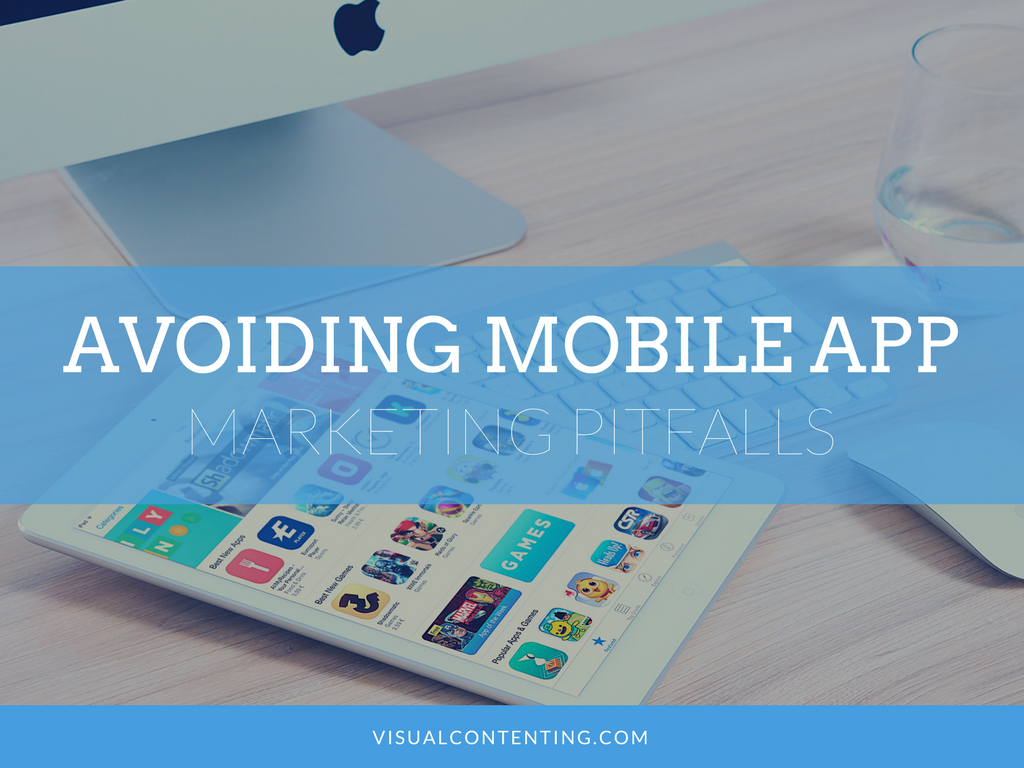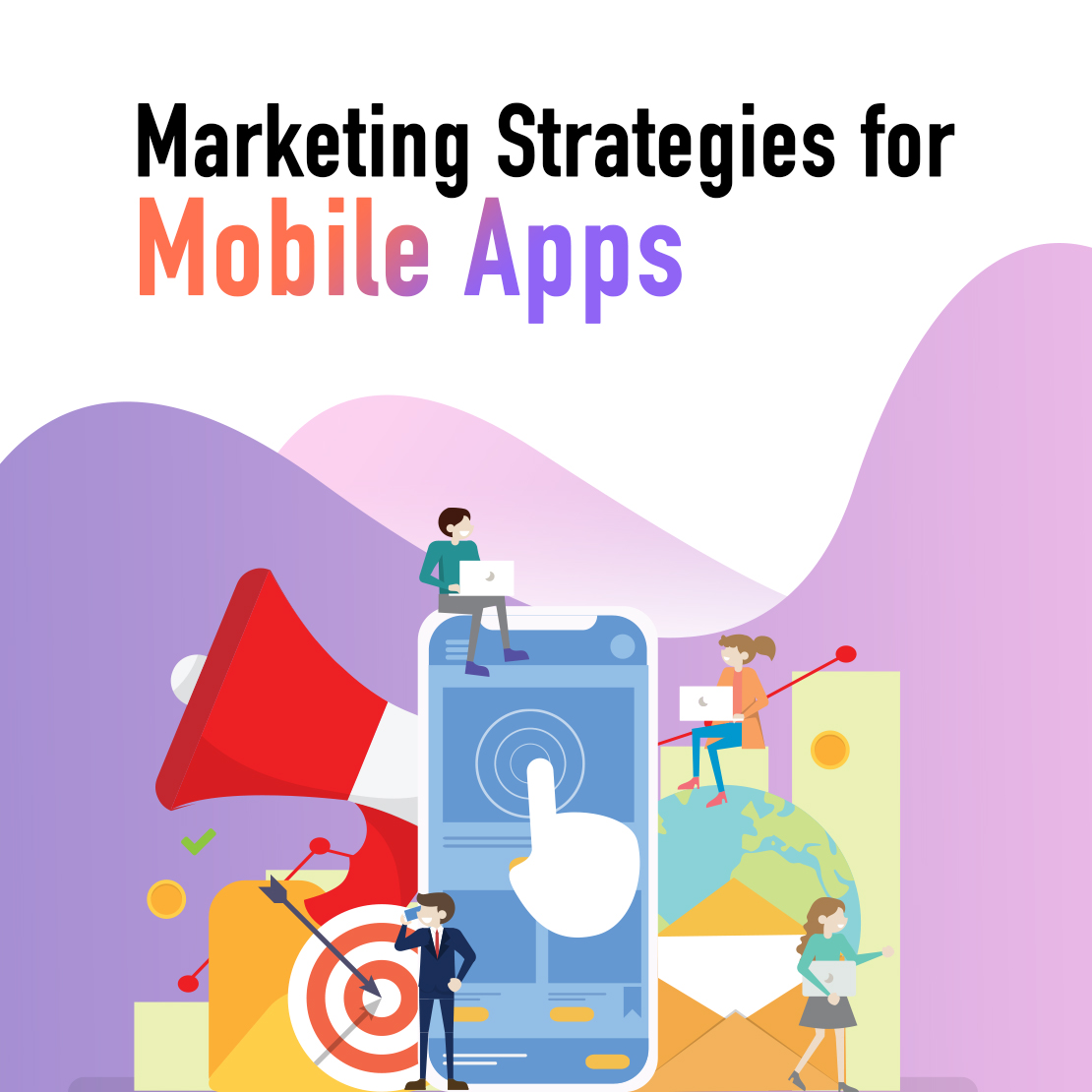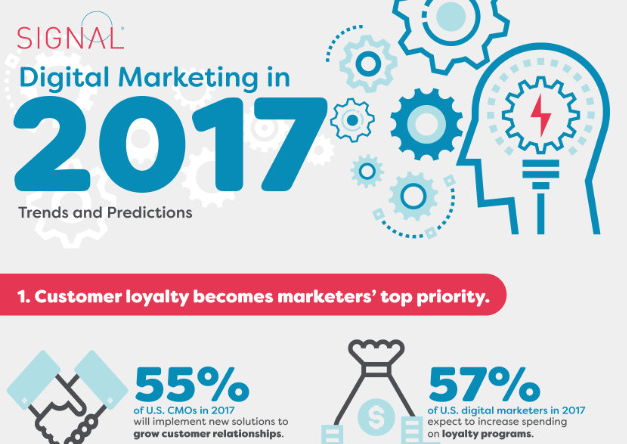Calling the mobile app market over-saturated is an understatement. As of March 2017 there were 2.8 million Google Play apps and another 2.2 million in the Apple store. That makes marketing essential for any app that hopes to capture an ounce of attention. But simply committing to mobile app marketing is not the same as succeeding at mobile app marketing.
More than a few mobile apps have launched with a big and splashy marketing campaign only to fall flat out of the gate. Clearly lack of effort is not the problem but rather the precise calibration and calculation of marketing elements. Use these strategies to help you avoid the most common mobile app marketing pitfalls:
Conduct Market Research
No matter how well you think you understand your market/users, it's no substitute for comprehensive market research. Take a deep look at the competitors, the target audience, and the trends impacting the app industry. Customer reviews are another great source of info about what other apps are doing positively/negatively.
Do a Beta Test
Getting feedback from people outside of the development team is essential. Letting the target audience go hands-on with an app reveals how well it actually performs and what kind of impression it leaves on users. Another common strategy is to release an app in small English-speaking markets (such as Canada or New Zealand). This helps product teams and marketers work out the kinks in their apps.
Start Marketing Sooner
The marketing around an app should begin at the same time as development. Marketers have essential insights into how an app should look, how it should perform, what it should be called, and how it provides value to users. These are all decisions that should be made sooner rather than later.
Plan the Release Date
Instead of releasing the app as soon as it's done, find the time when the market is most receptive to its release. Give yourself enough time to set a firm release date regardless of setbacks. Consider what other releases may be coming out at the same time. Then begin building buzz around the debut.
Use Targeted Ads
Unless mobile app install ads are targeted to the right people on the right platforms they are going to get lost in a sea of competition. Targeted ads (based on who is likely to engage with an app, rather than just download it) are a way to reduce waste from the marketing budget while increasing the impact of each impression.
Focus on Re-engagement and Retention
Paying to get new users is expensive but keeping the ones, you already have is extremely valuable. Apps that continually add new content, features, or other upgrades keep users coming back and evolve into long-term products.
Track Lots of Metrics
Basic metrics like number of downloads and total revenue are important, but they don't really indicate what does or does not work about the app or what users like and dislike about the experience. Tracking data about where, when, and how users engage with the app extends the lifespan and informs future projects.
Update Strategically
Update notifications are a great way to re-engage users and get people excited about the updates being installed. Rather than having the update description read simply "bug fixes", talk about how it actually benefits users and makes the app better overall.
Push Cautiously
The selective use of push notifications is fine, but bombarding users with them quickly gets annoying. Letting users choose when and how they get notified helps keep an app from wearing out its welcome.
Encourage Sharing and Liking
The word-of-mouth nature of social media is ideal for mobile app marketing. Make sure it's easy for users to like, share, or Tweet about the app, and encourage them to do so with an incentive or reward.
Following all these tips does not ensure your mobile app marketing campaign will be a success. But it does ensure you won't repeat the most common and costly mistakes. Learn from the missteps of others to give your app the strongest start and the longest life.
Related Posts
Community manager at Visual Contenting. Jacqueline loves to talk about social media trends, new technology and how they help businesses accelerate their marketing efforts.





